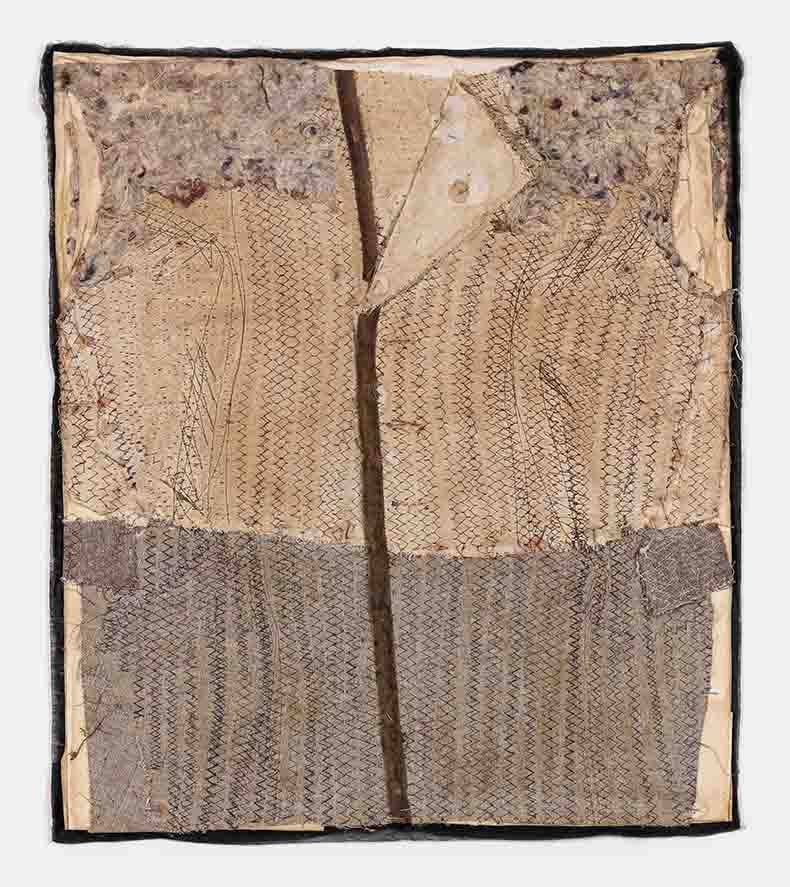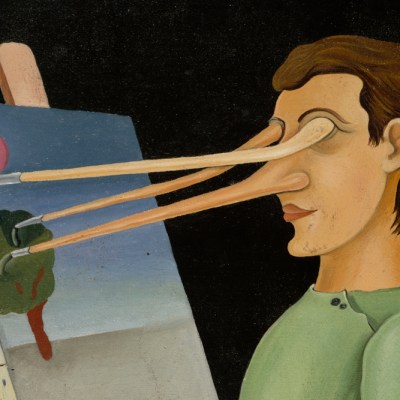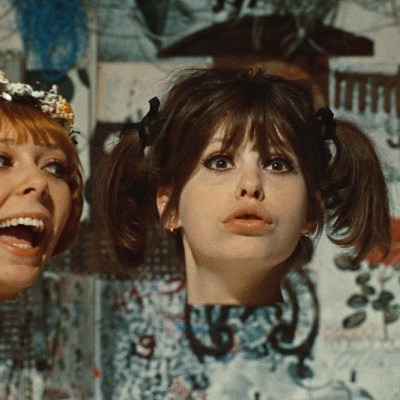The Romanian artist Ana Lupaş once described her role as an artist as being the ‘bridge between the ancestral and the future’. The work of the artist who has spent 60 years working in her home town demonstrates a commitment to the protection of Romanian heritage and traditional practices: The Solemn Process (1964–2008), for example, preserves straw structures crafted within sleek, steel casings by people in rural Romania. Building on an exhibition at the Stedelijk Museum in Amsterdam earlier this year, this exhibition at the Kunstmuseum Liechtenstein, organised with the Stedelijk, is the most extensive survey of Lupaş’s career to date (1 November–16 March 2025). As well as some of Lupaş’s most recognisable works, including Coats to Borrow (1989), are two previously unseen series, Self Portrait (2000) and Eye (1974–91). The latter, a series of large porcelain orbs that resemble the human eye, have been positioned to focus on works selected by Lupas from the museum’s collection, recalling the surveillance experienced by Romanians living under totalitarian rule between 1945 and 1989. Find out more from the Kunstmuseum Liechtenstein’s website.
Preview below | View Apollo’s Art Diary
Self-Portrait (1 to 200) (2000), Ana Lupaş. Photo: Carlo Favero; courtesy the artist and P420, Bologna; © Ana Lupas
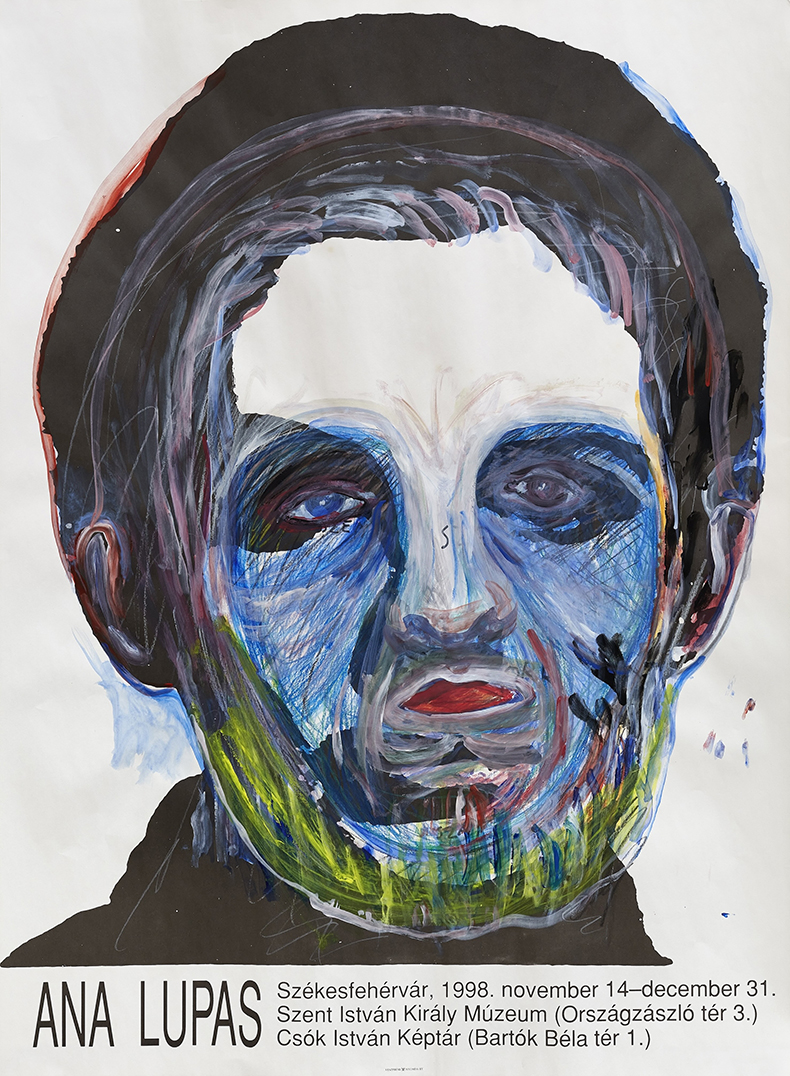
Coats to Borrow (1989; detail), Ana Lupaş. Stedelijk Museum, Amsterdam. Photo: Carlo Favero; © Ana Lupas
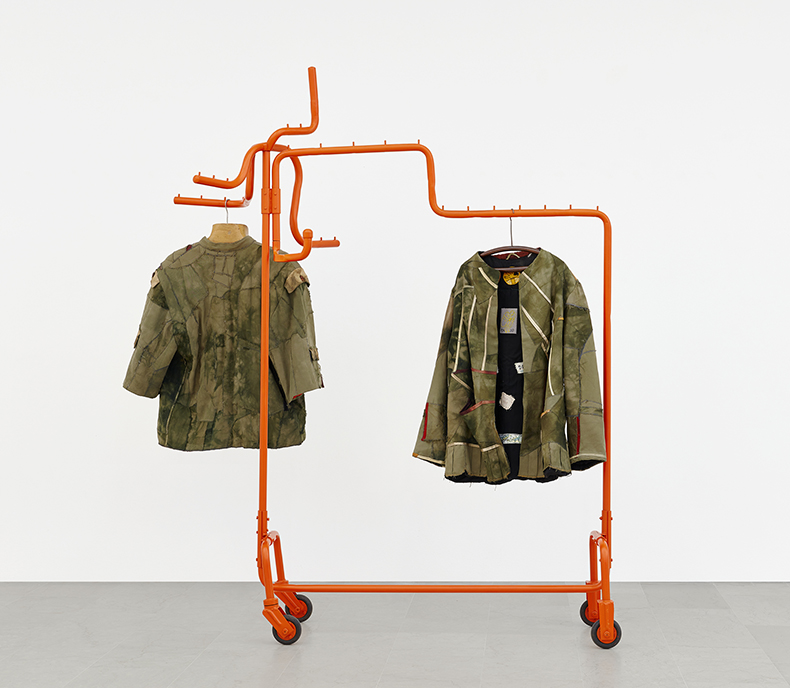
Identity Shirt, second generation (1969), Ana Lupaş. Ovidiu Sandor Collection. Photo: Mark Blower; © Ana Lupas
